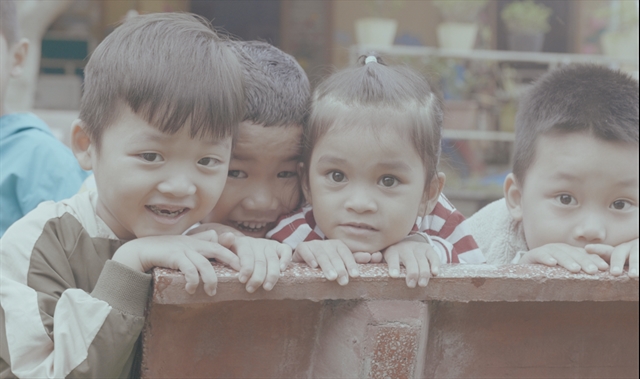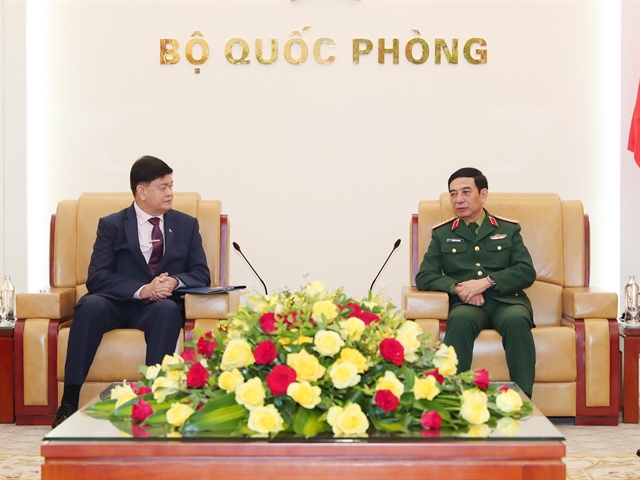 Economy
Economy

Jointly developed by VVOB – a Belgian non-governmental organisation and Early Childhood Education Department under the Ministry of Education and Training (MOET) in 2020, the practical guide POM aimed to support preschool teachers perform child-centered approach better by applying stronger and more effective observation skills.

|
| Children have a higher involvement level since POM was applied. — Photo courtesy of agency |
HCM CITY —The “process-oriented child monitoring” (POM) approach has yielded benefits on preschool children’s holistic development thus particularly contributing to higher social emotional development outcomes of the children, according to research conducted by the Vietnam Institute of Educational Sciences.
Jointly developed by VVOB – a Belgian non-governmental organisation and Early Childhood Education Department under the Ministry of Education and Training (MOET) in 2020, the practical guide POM aimed to support preschool teachers perform the child-centered approach better by applying stronger and more effective observation skills.
The POM materials also targeted to guide teachers to go through three simple steps via reflection on two indicators of learning including well-being and involvement.
The POM approach has been widely introduced through the “Mitigating Preschool Childrenʼs Barriers to Learning in Disadvantaged and Ethnically Diverse Districts (BaMi)” project to help provincial and district officers improve the knowledge, skills and practices of teachers in three provinces of Quảng Nam, Quảng Ngãi, and Kon Tum in the 2017-21 period. That has generated positive impacts on children’s holistic development.
Many teachers in the BaMi project said the POM guide helped reflect their teaching experiences in a structural way and easier for daily implementation.
Pơ Long Thuỳ Liên, a teacher at Măng Non Preschool in Đông Giang District of Quảng Nam Province, said: “The process-oriented child monitoring approach is really practical, it has systematically organised what I have been doing in a more logical order. I also notice that children in my class are now more involved in class activities”.
Đoàn Thị Nhàn, a preschool teacher in Quảng Nam's Hiệp Đức District, shared a story of a child in her class.
"An (the child) always avoided my attention and did not collaborate with me. He often looked away, or did not respond to anything when I tried to talk to him. When participating in activities, especially in learning, he often looked down, played with his clothes, and did not communicate with anyone."
Therefore, Nhàn said she rated him with low levels of involvement and well-being and knew that she would need to take some actions to help him.
After that first observation, Nhàn paid more attention to him, realising that he was a fan of the construction corner and puzzles. Then she worked out a way that An could choose the activity corner that he liked.
"By participating in those activities, An becomes more open to his classmates, and gradually he follows his classmate to join other activities as well. In many follow up observations, his well-being and involvement levels also increased,” she said.
The POM guide book is now available at vietnam.vvob.org.
According to the Vietnamese education policies, all preschool teachers are expected to deliver preschool education for 3 to 6-year-old children through a child-centered, play-based learning approach.
In particular, MOET has issued its Plan No 56/KH-BGDĐT stipulating five criteria for implementing the Child-Centered Approach in Vietnamese preschools, covering the educational environment, developing the education plan, operating education activities, implementing child assessment and collaborating of preschools with parents and community.
In reality, however, the concept of child-centered approach remains general and vague for many teachers, which leads to a variety of interpretations and translations of the child-centered approach in preschool teachers’ practice. — VNS




